What is the most powerful anti-aging medicine in the world? It's not what you may think. It's not chemical, despite all that those TV commercials promise.
All of us, for whom aging is a daily reality, seek to achieve some or all of these anti-aging goals (with varying levels of urgency)
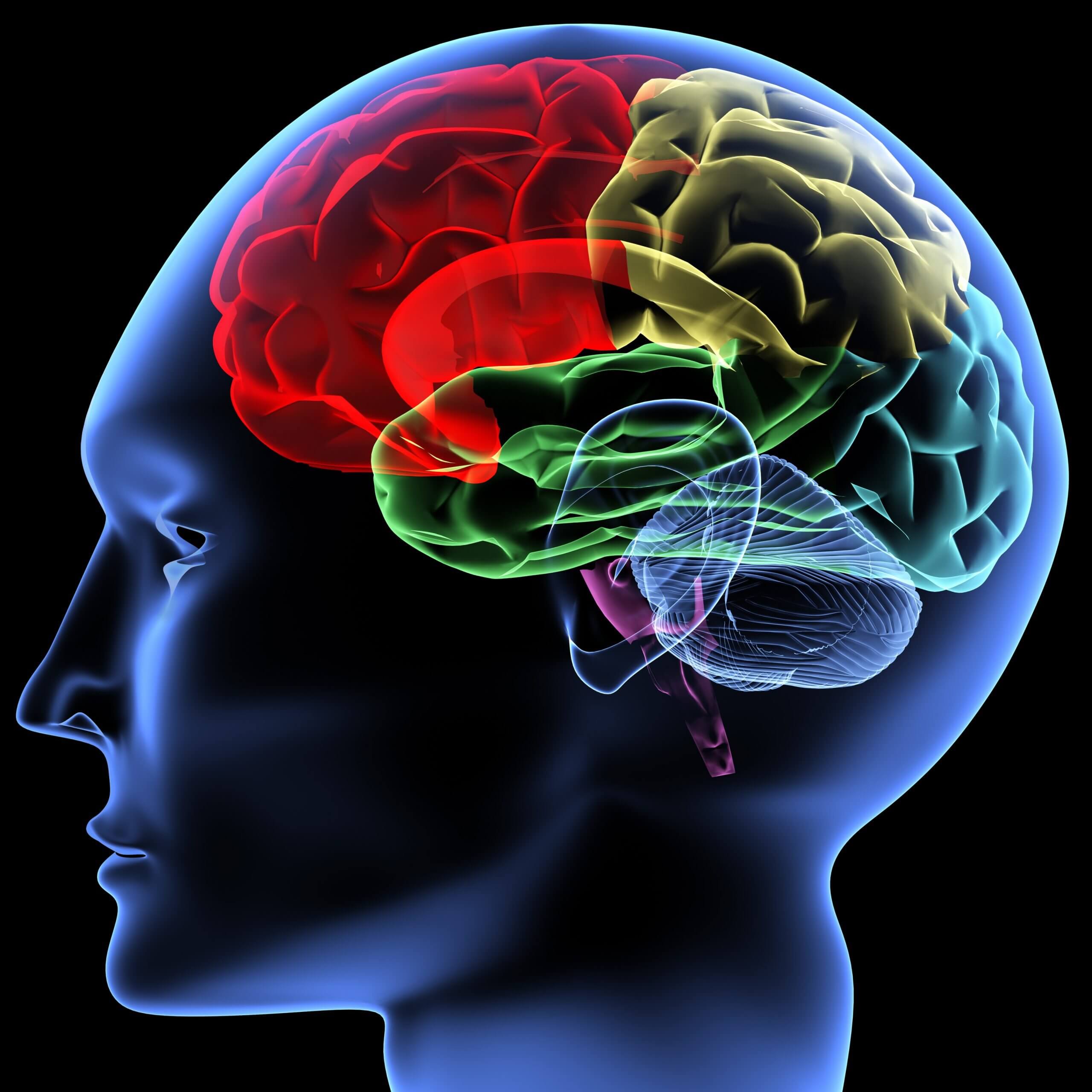
Check out "Brain Fitness and Learning Overview" now...
- Lift my "brain fog"
- Reduce my "senior moments"
- Improve my balance & coordination
- Stave off dementia symptoms
- Learn more quickly
- Remember better
- Think with more agility
- Brighten my life!
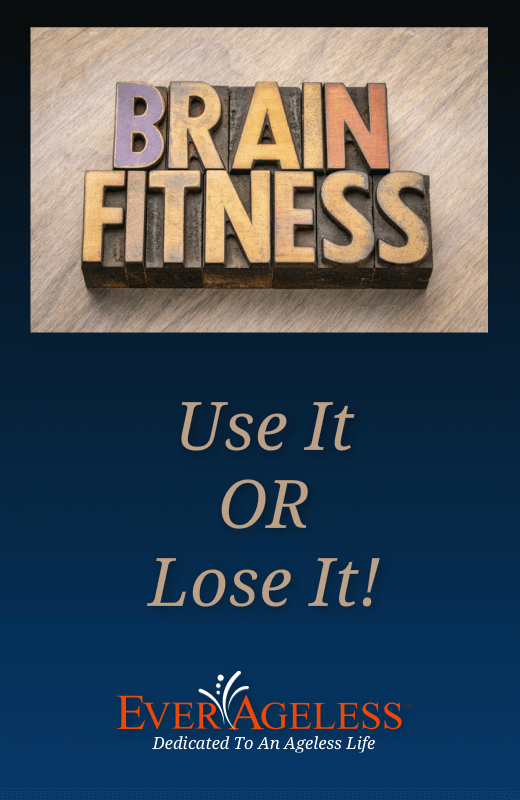
Aging is not just about the body
That's the most visible sign of aging. But so much of what affects quality of life is centered in the brain (memory, cognitive abilities, mental agility).
In this section we will address the latest science that places a very powerful and flexible 3 pounds of miracle matter at the center of every life - perhaps more than you imagined. Everyone knows that the brain is the ultimate control center.
But recent scientific discoveries reveal how much we can do to influence how that control center works, how much we can improve our life and how effectively we can resist the effects of aging on our life.
Let's start by defining what we're talking about...
Here is some terminology and some concepts that are the foundation of our message:
The "Atavistic" Brain
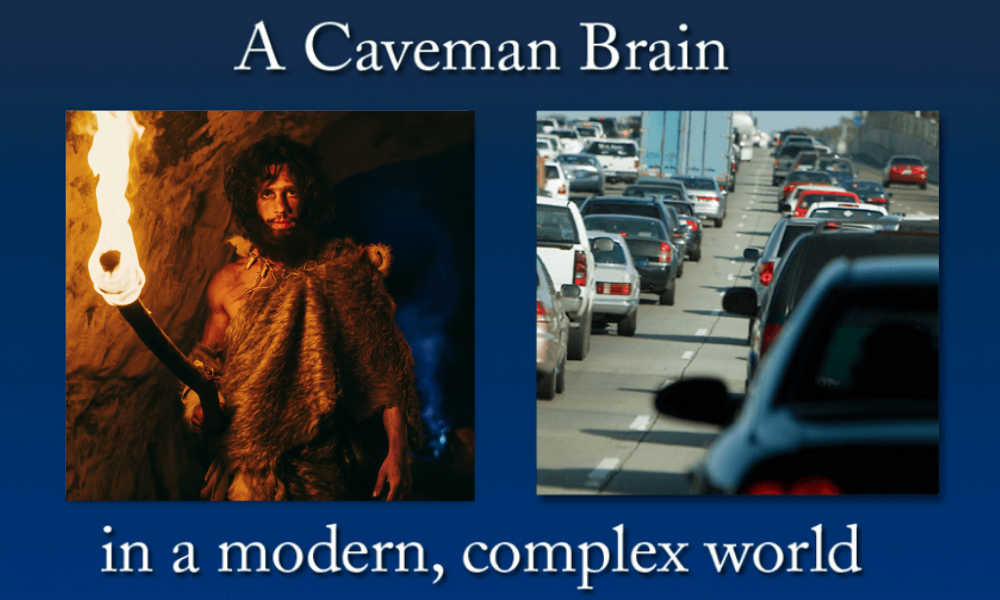
"Atavistic" is defined as returning to something ancient or inherited from a remote ancestor. Our brain has not changed significantly in the last 150,000+ years.
The 4 Building Blocks of Learning

That process is built on 4 fundamental building blocks that serve as the foundation for efficient and effective learning. The strength of these 4 building blocks - how well each is developed - defines our ability to learn.
1 Cognition
Cognition is your ability to understand, comprehend, discover, rediscover, process information, as well as follow routines, directions and instructions - the brain's "first gear."
Cognition is considered a fundamental learning ability because you must understand a task before you can retain it and use the higher order thinking skills of evaluation and problem solving.
2 Memory
Memory is your ability to remember and hold information in "mental storage" so that such information may be easily recalled or recognized. It induces both short-term memory - covering the full range of material - from memory of incidental facts to memory of how systems function and how things are related. It applies to both auditory and visual inputs.
3 Evaluation and Classification
We can't possibly retain and store everything - we must evaluate what is important and store it away in mental "file cabinets" ready to access when needed.
We each have different abilities to judge, prioritize, analyze, compare and contrast alternatives, make good decisions, predict what will happen, plan effectively, and process information in a sensible and responsible manner. These abilities are often associated with maturity, leadership and sound judgment.
4 Problem Solving
The 4th building block is the ability to interpret information and arrive at correct answers and solutions when the solutions require more than just the classifying, retrieval and comparing of information.
It is a higher order learning activity that depends on the other lower level activities, but carries the processing of the information to a higher level.
Well-developed problem solving enables you to quickly arrive at solutions to problems that require the following of rules, and applying existing rules to new problems and circumstances.
Learning Preferences
Each individual brain is hard-wired with "preferences" in how it most comfortably and effectively learns.
While there are many variations, it is helpful to classify these preferences into 3 broad groups - figural, symbolic and semantic learners. Identifying an individual brain's preference for learning style is extremely helpful in assessing not only an individual's ability to perform successfully in a task, but also to predict his or her level of comfort and motivation.
That level of comfort and motivation is often determined by how well the learning task aligns with his or her brain's preference in learning style. The better you understand an individual brain's learning preferences, the better you can tailor a learning experience that has the most chance of success.
1 Figural Learner...

An individual whose brain prefers to learn using the senses of touch, sight, sound and smell.
Figural learners prefer information in the form of images, shapes, simple sounds or smells - preferring, for instance, the tactile feedback of putting together a toy without following the instruction book or learning how to operate a computer by working at it without instructions - "hands-on" learning by "trial-and-error."
2 Semantic Learner...
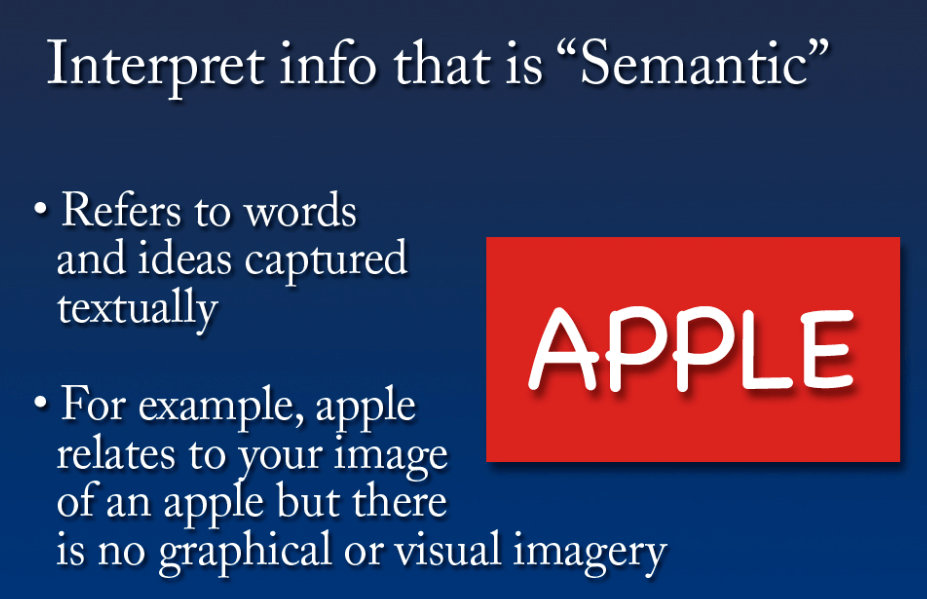
A semantic learner is an individual whose brain prefers learning using words and ideas. For example, the word "apple" is interpreted by that individual's brain as an image of an apple without the use of graphics or visual imagery or the need to handle the apple.
Symbolic Learner...
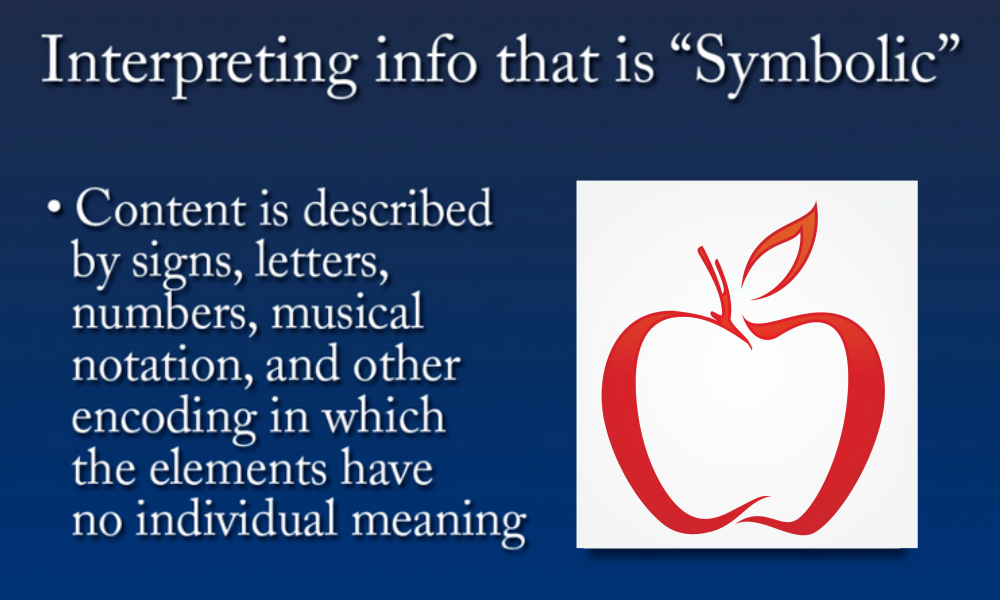
A symbolic learner is an individual whose brain prefers learning using signs, letters, numbers, musical notation or other encoding in which the elements (symbols) have no individual meaning.
Symbolic learning is critical in math and sciences. It's easy to see why math teachers who are usually symbolic learners can have a difficult time communication with and understanding why Johnny, who is a figural learner, can't grasp calculus.
Neuroplasticity
Unlike the long-held view that the brain's fundamental capabilities were essentially fixed within the first few years of life, recent advances in neuroscience have confirmed that the brain, in fact, is capable of significant change throughout life. The brain is almost "plastic" in its ability to repair itself and continually learn.
Target, Stimulate & Challenge
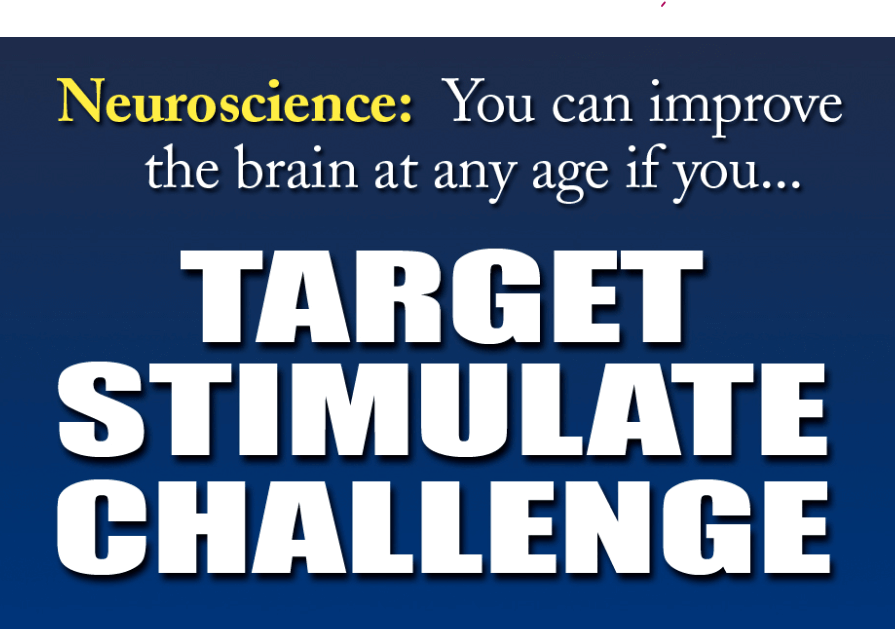
The "Work Rules" mentioned above include a process that enables success for those who follow the system. That process is:
1. Target the specific area of the brain we have identified as in need of strengthening
2. Stimulate that area of the brain with scientifically proven strengthening exercises.
3. Challenge with increasing levels of difficulty (like adding increasing weight to a barbell in a physical strength conditioning program) to effect the brain changes needed to achieve success in that area of brain ability.
In the next section, How This All Fits Together in YOUR Life, we'll look at what all this science stuff means in the real world.
How does all this impact you and your journey through the aging minefield and toward an ageless life? We'll suggest what is important for you to know - what you should take away from investing some time with us here...and WHAT YOU CAN DO ABOUT IT!
This is a BIG subject. Beyond what we present initially during this site launch, we will gradually add content to this website and Blog to add more meat and, hopefully, expand your understanding of this profound message.
So much of your life can be bigger, fuller, more vibrant, more fulfilling...more AGELESS... if only you focus on BRAIN FITNESS as your most valuable self-improvement program. We'll show you HOW!
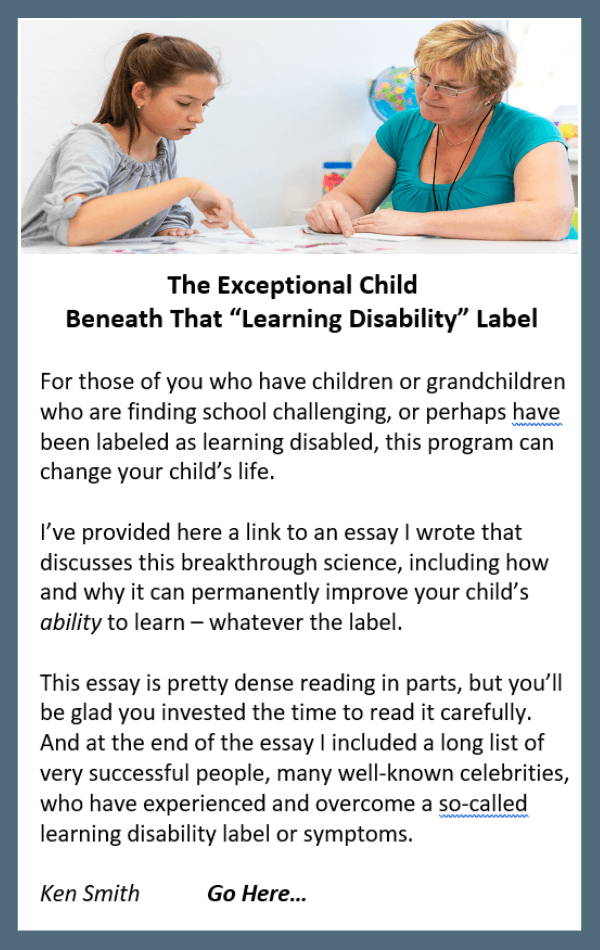
Have a Comment/Review/Suggestion? Go To Our Contact Page